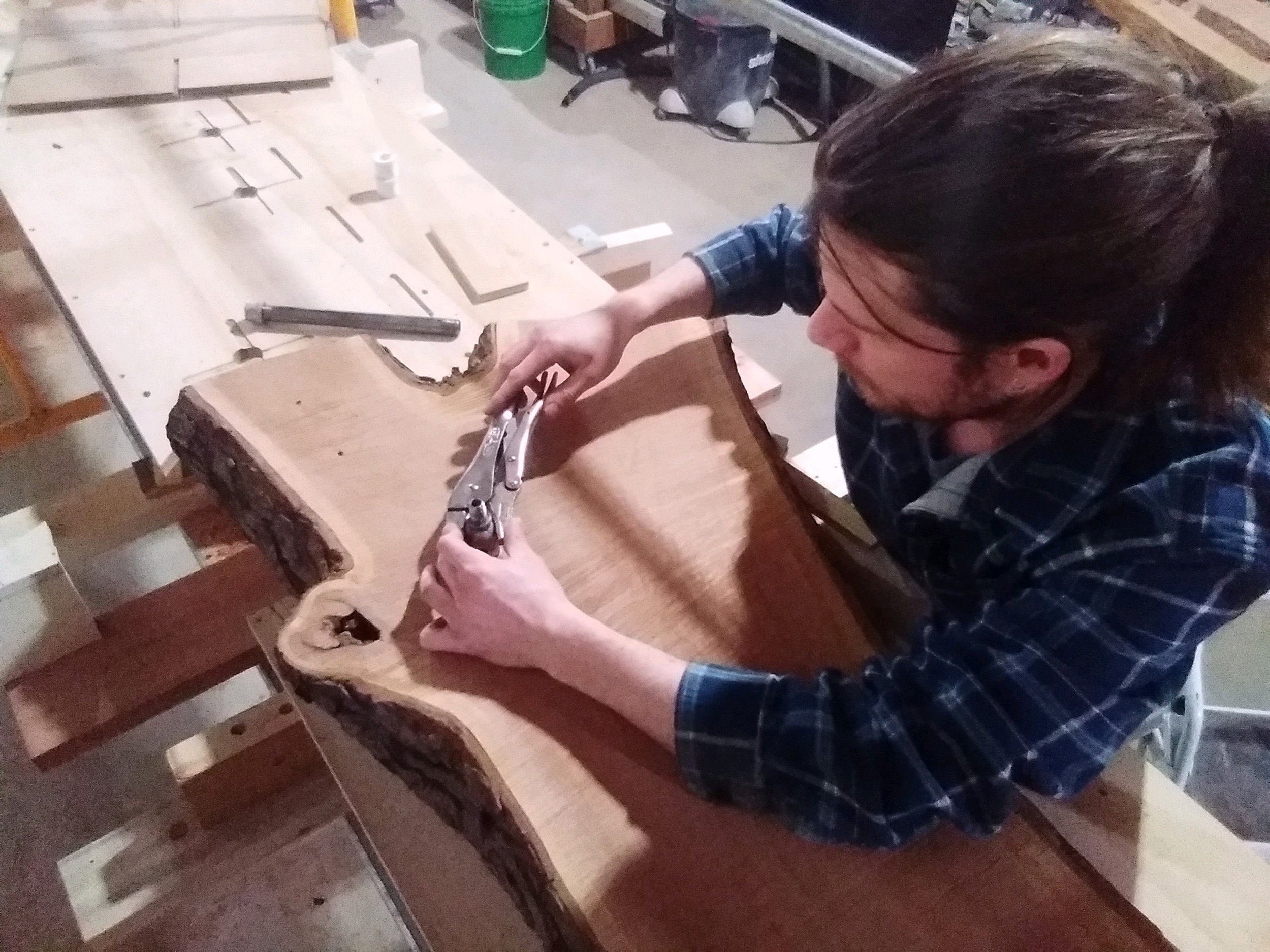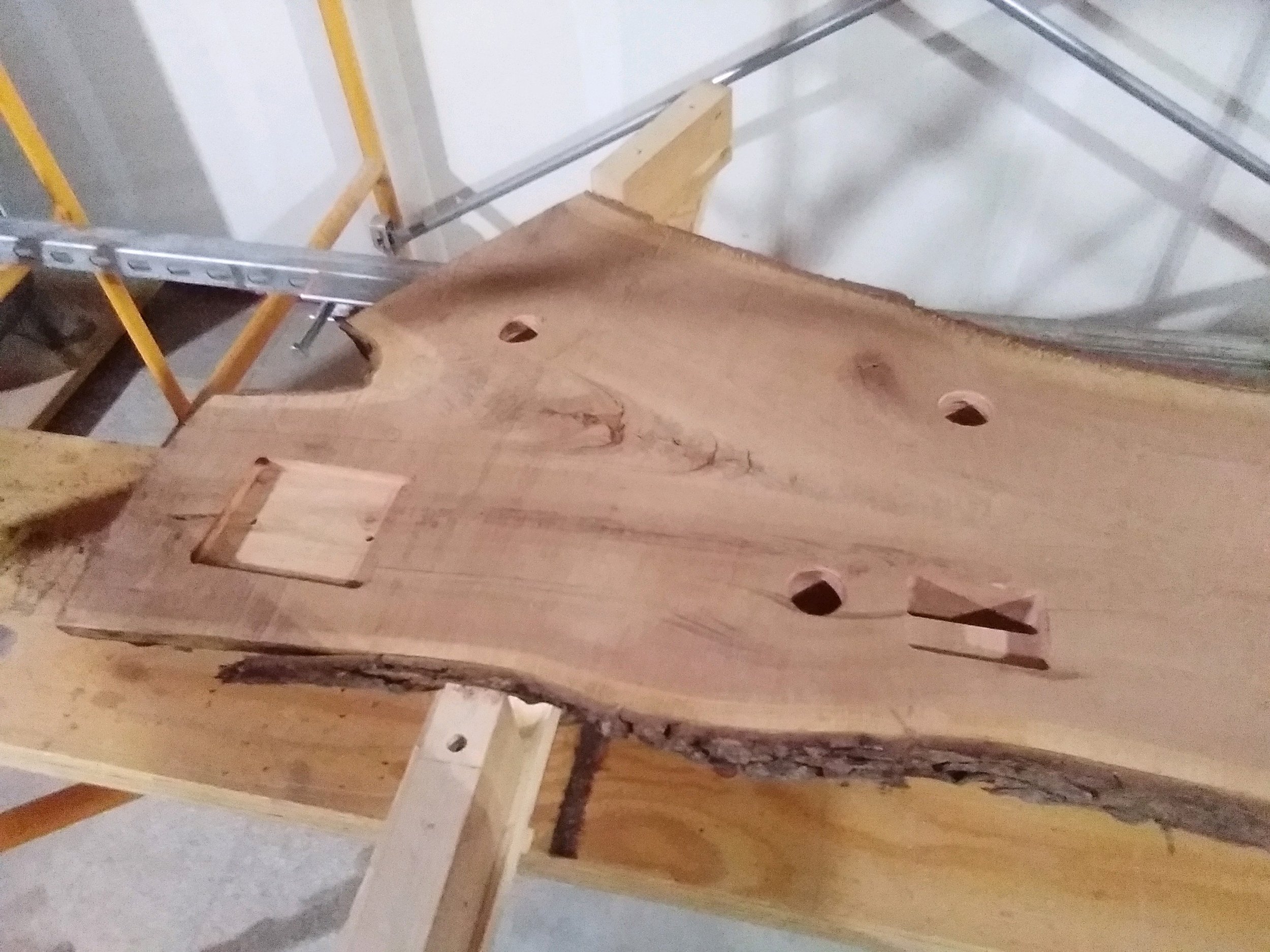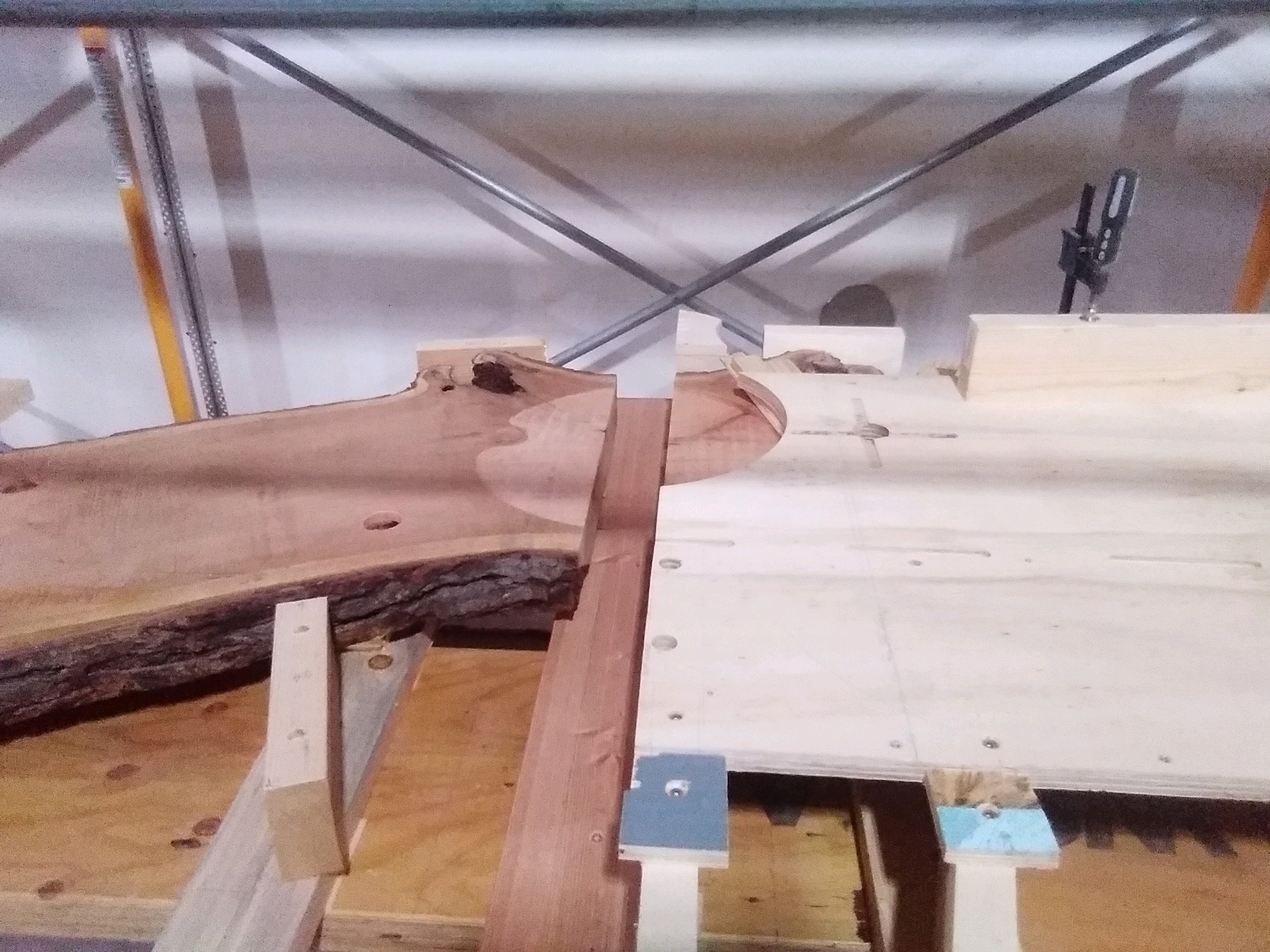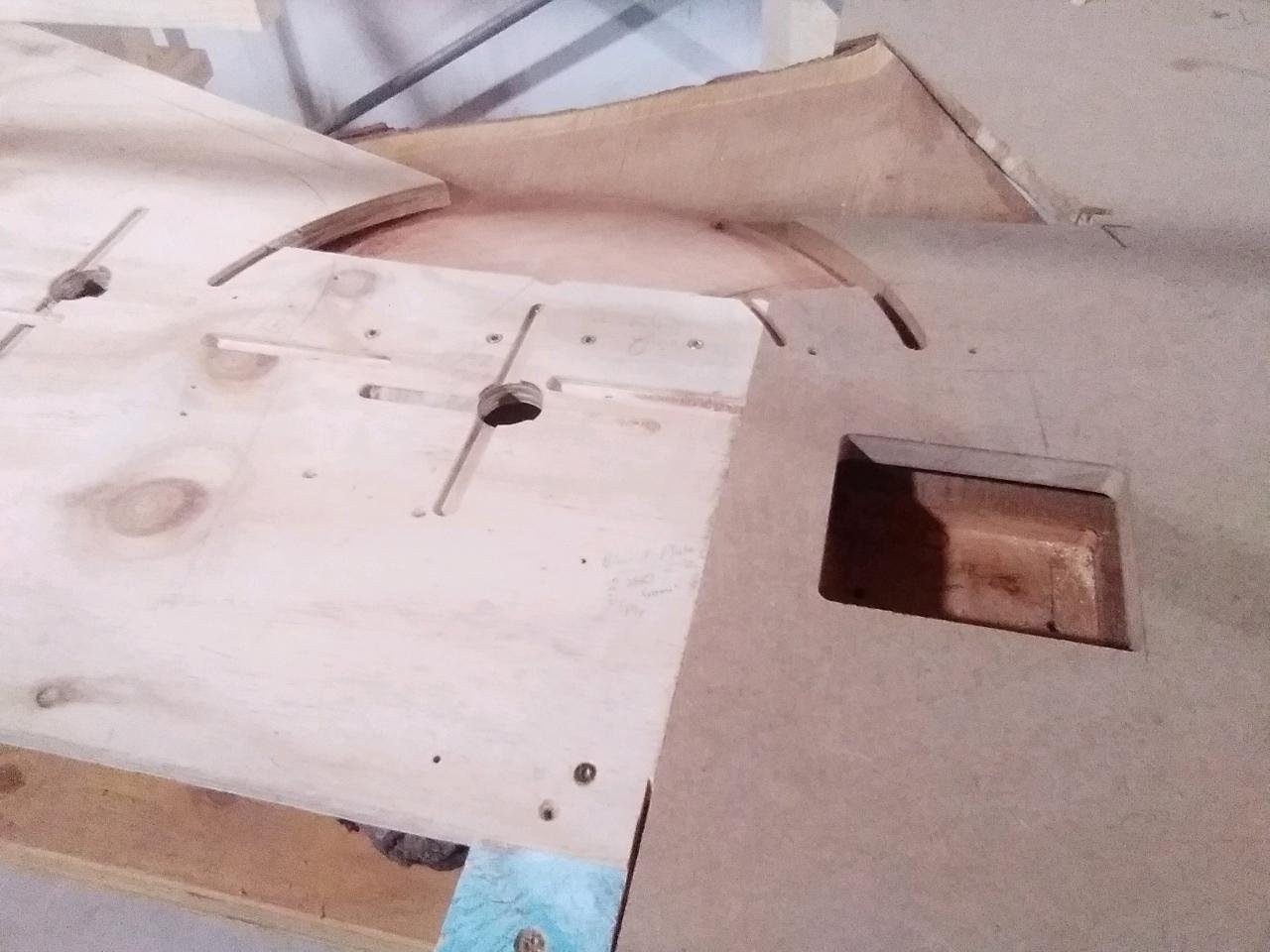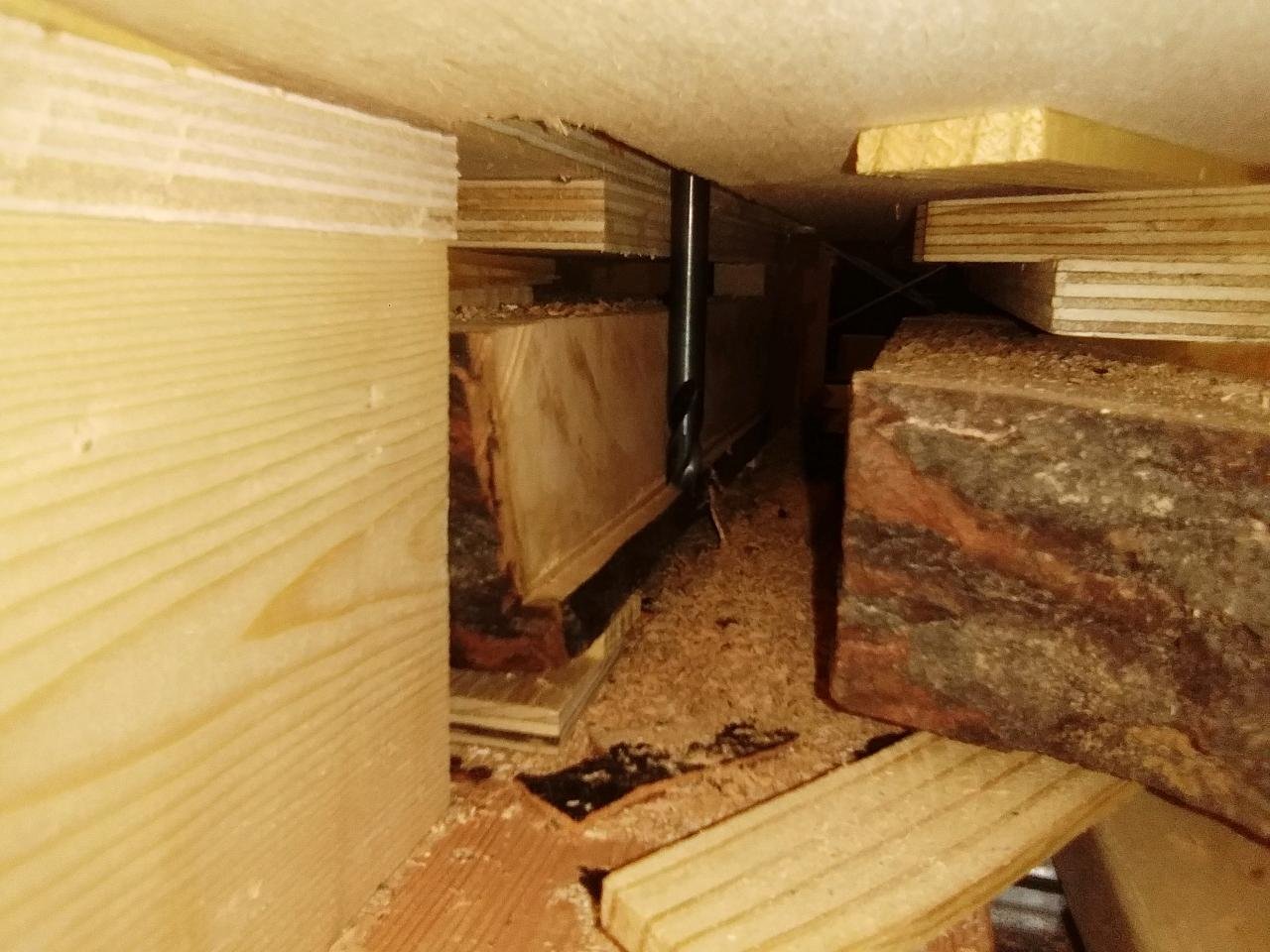
Pseudorandom number generators (RNGs) are computer algorithms that can quickly produce large sequences of numbers that appear statistically random. Over the decades, RNGs have been designed to yield number sequences that are closer and closer to true random sequences. They are fully deterministic, yet without knowing the algorithm behind the number generation, they can be very difficult to predict. Hubris was an attempt to create a fully deterministic machine that could create a pseudorandom output that passed statistical tests for randomness.
Hubris is made from two bookmatched pieces of live edge cherry cut down and milled by my father and me. The cherry wood twisted, cupped, and bowed during the 2 year initial drying process. These "random” imperfections were embraced. Custom tools, jigs, and working surfaces were made to achieve the necessary precision in order for the gears to operate. However, the wood will continue to change shape with time, humidity, and temperature. These natural processes highlight the limitations of even some of the most accurate technical processes.
In order to construct this machine a novel design had to be created. There are many chaotic kinetic mechanisms that appear random: double pendulums, traditional slot machines, and rolling dice. However, I was unable to find a valid patent or design for a deterministic machine that claimed to output pseudorandom motion. Hubris failed to pass modern statistical tests for pseudorandomness, but I am proud to say it came close. Below are some of the designs and analysis of Hubris’s motion.





